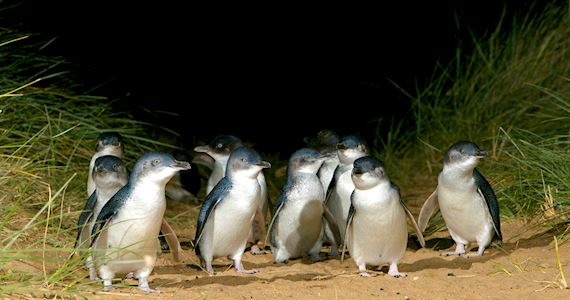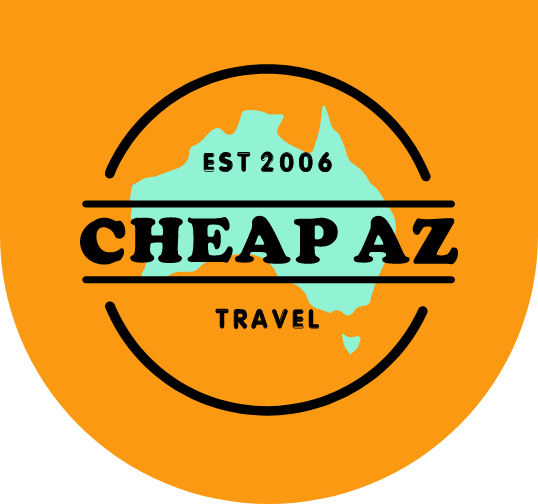Australian native animals should be on your bucket list while you’re here. There’s plenty to see in the wild; otherwise, visit one of our zoos, where you are likely to find them all. If you’re travelling up in Queensland and are stopping past Brisbane or Noosa, I recommend checking out the Australia Zoo, this is known as the “Steve Irwin’s Zoo” and his wife and children still work from here. Here, you are able to interact with many different animals and even hand-feed some kangaroos. You can get your pic with a koala as well.
The Top 10 things to do at the Australia Zoo:
Showtime in the Crocoseum – Get face-to-face with birds and slithering snakes, get your adrenalin pumping as you watch a massive croc launch a strike from the edge of the water.
Hand Feed kangaroos – in the “Roo Heaven” to your heart’s content!
Pat a Koala – in our walk through Koala Area.
Goto Croc School – Learn all about the Croc research done by Steve Irwin>
Australia Zoo Wildlife Hospital
Get a birds eye and check out the Australia Zoo Wildlife Hospital. Watch the vets provide lifesaving treatment to sick, injured and orphaned Australian native wildlife. (This is included in our Australia Zoo sneak peak
Kangaroos
Kangaroos should unquestionably be on your bucket list of Australian native animals. Australia is home to more kangaroos than people, with a population of about 50 million. They can reach heights of 1–3 meters.
Some places you can find them are the Great Ocean Road in Victoria, Kangaroo Island not far from Adelaide, the Murramarang National Park in New South Wales, and the Currumbin Wildlife Sanctuary not far from the Gold Coast in Queensland.
These are just a few of the many locations where roos can be found in Australia.
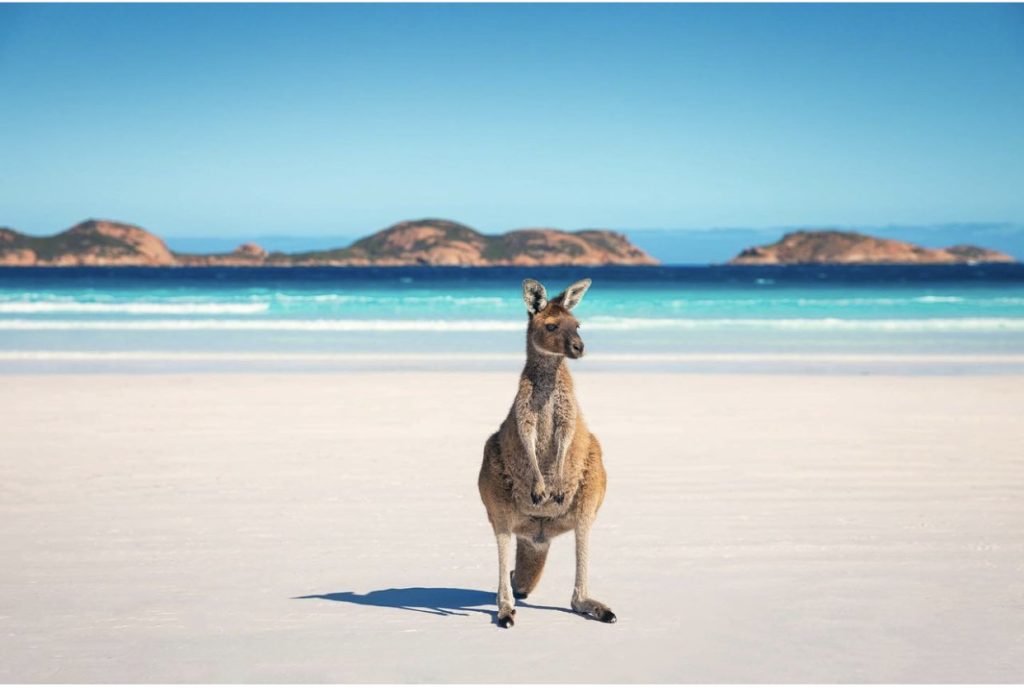
Koalas
These cute little grey bears can be hard to spot as they live up in gum trees. They are also very lazy, sleeping up to 20 hours a day. What a life!
Koalas can be seen along the Great Ocean Road and on Phillip Island in Victoria. Magnetic Island is a great place to see some koalas, as they even have a koala sanctuary, and the eucalyptus trees are quite low.
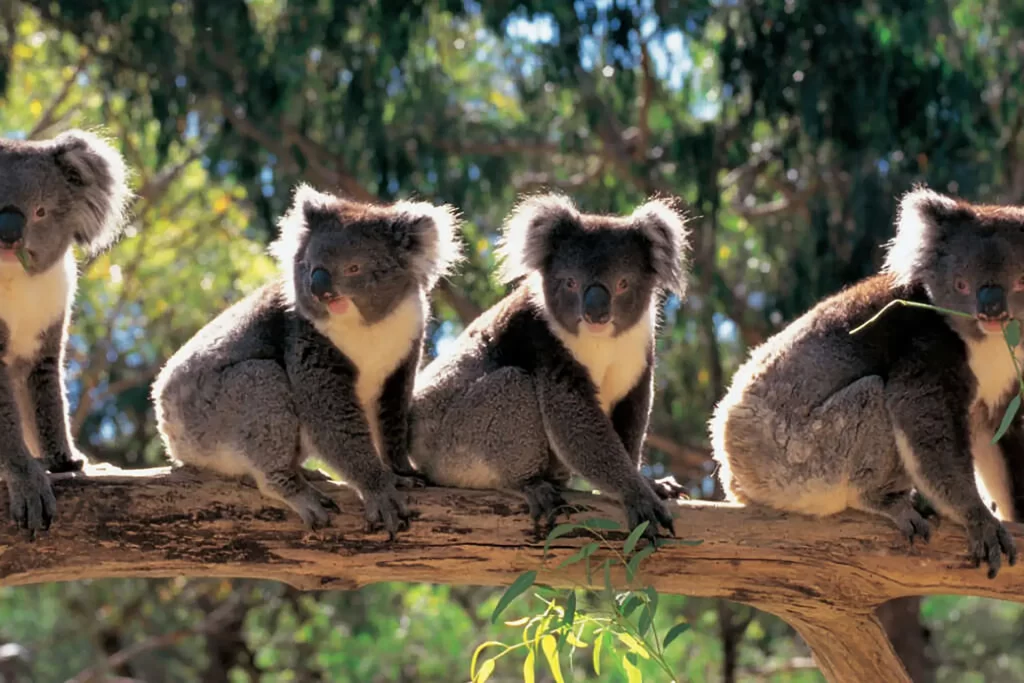
Platypus
Is it a duck? No it a beaver? Maybe an otter? No, it’s a platypus. One of the most unusual animals is the platypus keep your eye out at Yungaburra in the Atherton Tableland near Cairns; and the Warrawee Forest Reserve near Latrobe in Tasmania.
Sea turtle’s
Australia is home to 6 out of 7 sea turtle species. Over the past 100 million years, or since the time of the dinosaurs, turtles have been a part of the oceans. Even though turtles spend the majority of their time underwater, you might see them surface every 20 minutes or so to get air. Visit the Great Barrier Reef in Tropical North Queensland if you want to see a sea turtle. The Ningaloo Coast in Exmouth’s Cape Range National Park, 1,200 kilometres north of Perth, is another location great for spotting sea turtles.
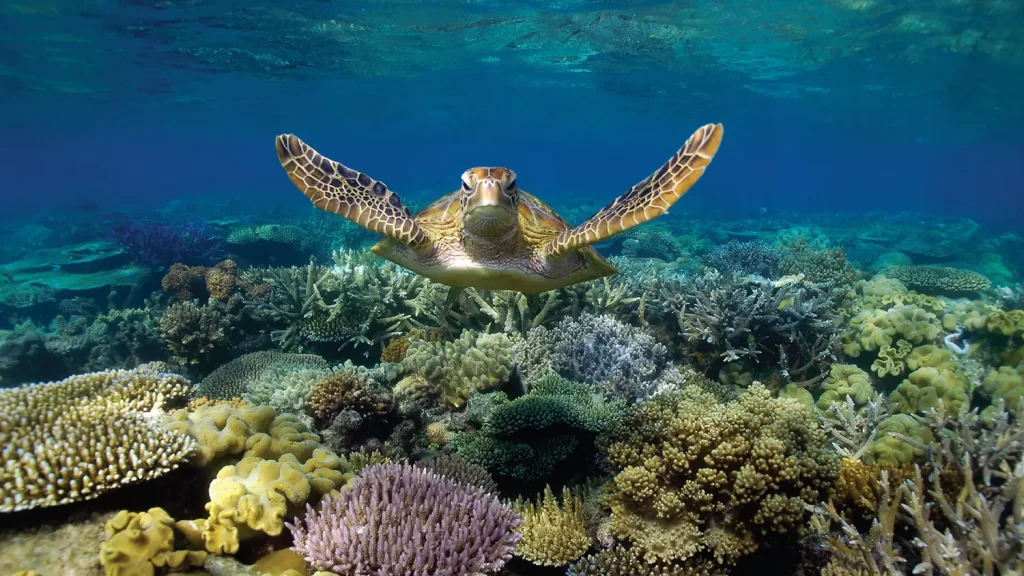
Quokka
National Geographic has described the quokka as the happiest animal on earth. If that doesn’t make you want to meet the little guys, I don’t know what will. To hang out with these little cuties, head over to Rottnest Island, just a short ferry ride from Perth. They are nocturnal, but due to the lack of natural predators on Rottnest Island, they are happy to make daytime appearances. There are about 10,000 on the island, so that’s your best chance to take a selfie with a quokka.
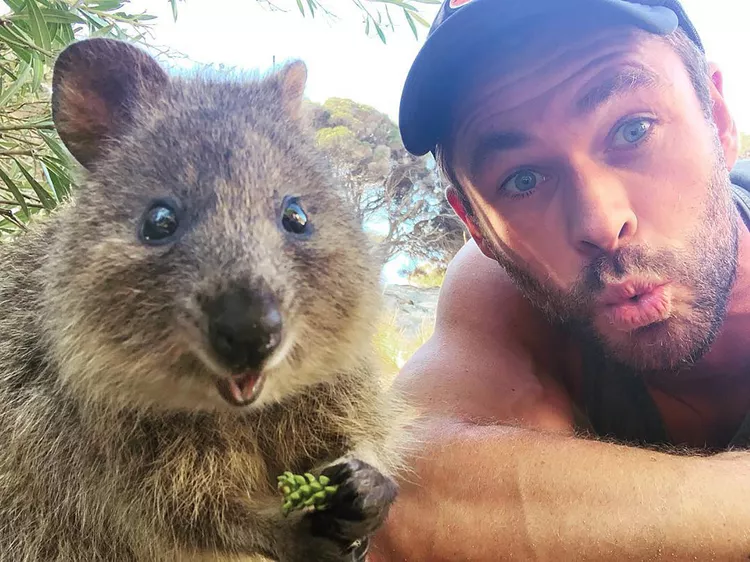
Crocodile’s
Australia is home to two species of crocodiles: the saltwater crocodile and the freshwater crocodile. Freshwater crocodiles are around 3 meters long, and saltwater ones can reach up to 7. There are nearly as many crocodiles as humans in the northern territory. You can see some crocodiles on Adelaide River Cruises’ one-hour tours, about an hour out of Darwin. They can also be found near the Daintree in tropical North Queensland.
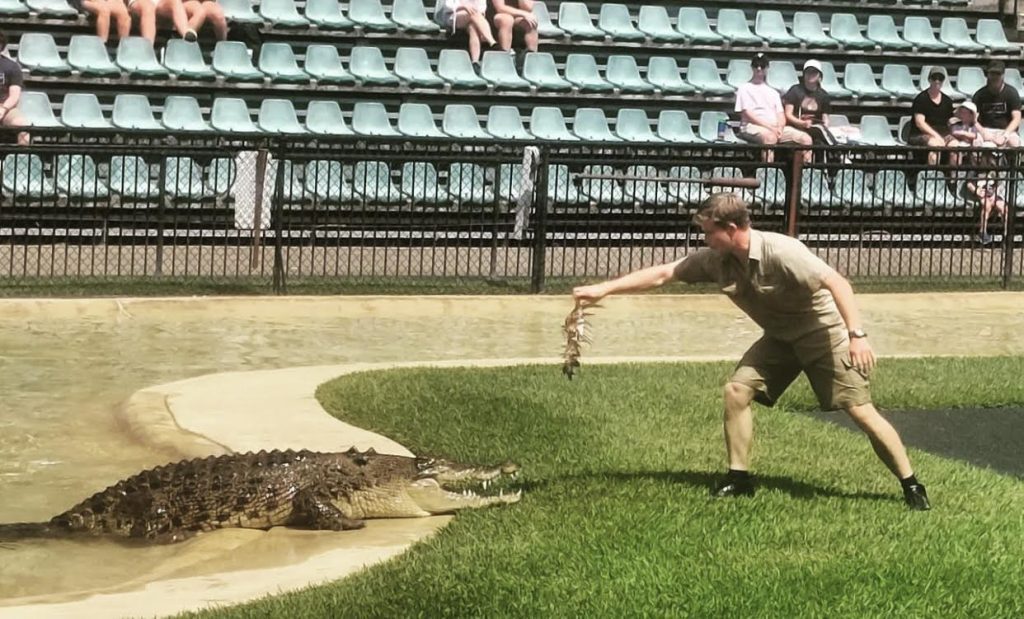
Cassowary bird
Commonly found in the tropical rainforests of Australia, the cassowary is a gigantic dinosaur-like bird, standing at 5 feet tall. Did you know the cassowary cannot fly but is very fast on land and in water. They are very shy, and can be found in the Australian rainforest region of tropical north Queensland.
Echidna
Echidnas can be found throughout Australia, but they are very shy. These small little mammals are known for their spikey backs and cute little waddles. Seeing one in the wild may be a little rare, but some places you may spot them are in New South Wales’ Murramarang National Park, near Batemans Bay, Phillip Island, or the Grampians in Victoria.
Dingo’s
Dingos are native Australian animals that are similar to wild dogs. They are Australia’s biggest terrestrial carnivores, with reddish-tan fur and a height of about 60 cm. For a good chance to see dingoes, take the ferry from Rainbow Beach to Fraser Island. On Fraser Island, they supply you with dingo sticks. These are used to defend yourself from wild dingos. They are usually just roaming the beach and seeing what humans are doing.
Penguins
Little Penguins are only found in Australia and New Zealand. Although penguins mostly speand there time in the water seaching for food they come in to shore at night into their burrows. Penguins are flightless birds and there wings are actually more like flippers for swimming. The best place to see the cute little birds is Phillip Island which is home to an estimated 32,000 little penguins. So if you hang around after sunset you’ll likely see hundreds of them heading in for the night. Penguin Island is home to the largest population of Little Penguins in Western Australia with limited visiting times. Manly Beach in New South Wales has become a great little nesting spot for the little penguins as well.
